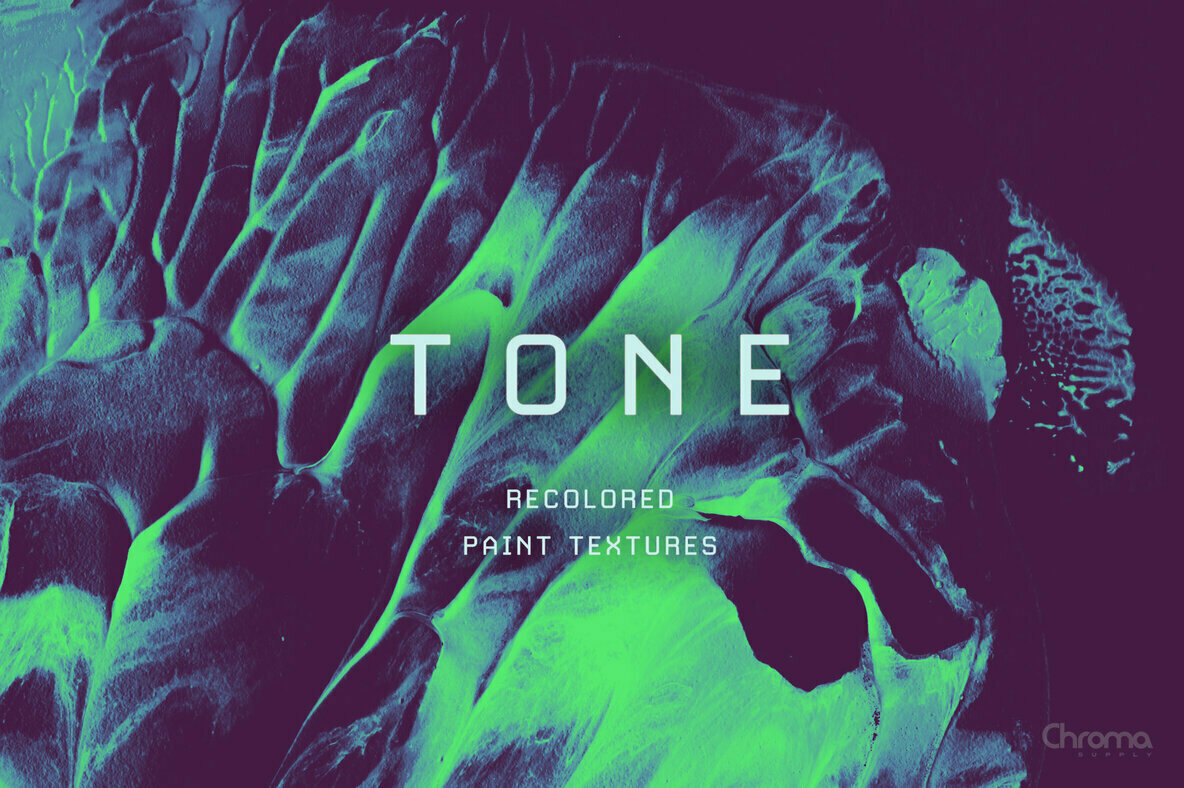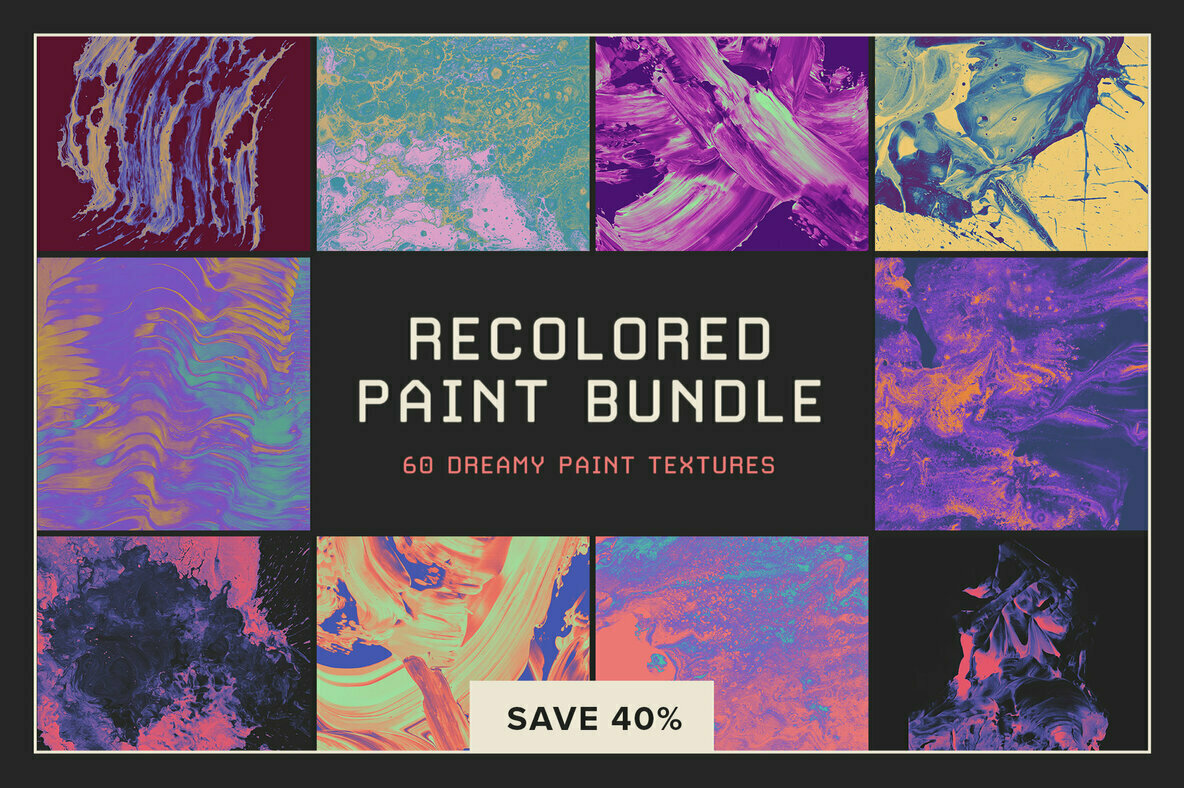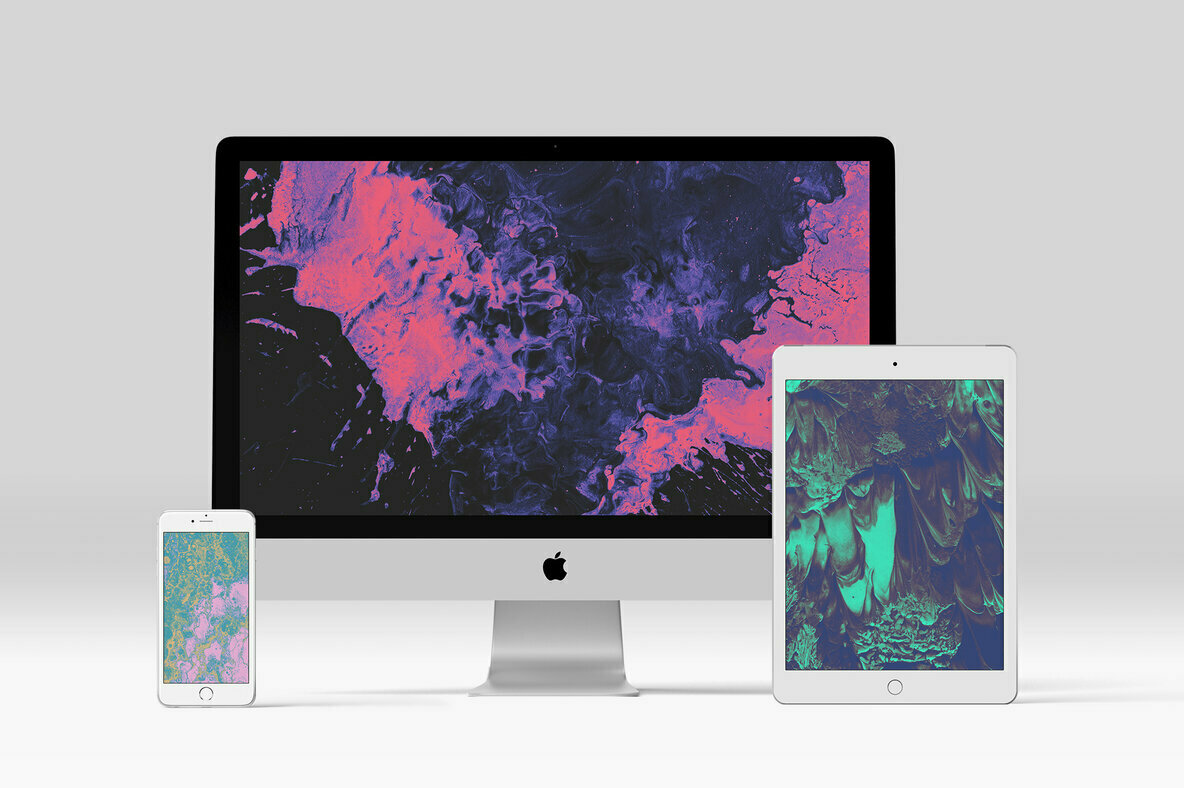A vacationing colleague of ours once paid a visit to Nicholas Lokasasmita’s Jakarta studio, as this coworker was in the area and Lokasasmita is a big favorite around here. We already understood that Lokasasmita used real materials in his work, taking older traditions of physical art into the digital frontier to stunning effect. But what this particular staff member reported seemed improbable to the point of dubious.
Apparently, Lokasasmita was working on a massive painting called War and Peace in his giant workspace, a former banquet hall which he had purchased. Our staff member claims that Lokasasmita climbed to the top of a scaffolding in the middle of the ballroom. There was a bathtub at the top. Our colleague thought Lokasasmita intended to hurl paint from the bathtub down onto the “canvas,” which consisted of hundreds of sheets of white cardboard taped together.
Instead, Lokasasmita put on an outfit resembling a wetsuit covered in small flaps. He inserted what appeared to be knives—over fifty—into the flaps. “Switchblades for war, Swiss army knives for peace,” he explained. He instructed our colleague to hit “play” on a CD player in the corner. Pink Floyd’s Interstellar Overdrive blasted from a powerful PA system.
Lokasasmita got into the bathtub and splashed about in the paint, just as one would while bathing. He got out, and walked to the edge of the scaffolding.
“You might want to film this,” he shouted down to our colleague. But before our colleague could remove his phone, Lokasasmita, covered in paint and knives, dove from the top of the scaffolding onto the canvas. He rolled and leapt, dove and jumped, from one end of the room to the other, seemingly unaffected by a plunge our colleague said would almost certainly break bones. Instead, an impervious Lokasasmita performed a floor routine of notable merit, revealing impressive gymnastic skills of which we were hitherto unaware.
Over the next couple of hours, Lokasasmita repeatedly returned to the scaffolding, immersed himself in paint, and jumped—again and again. Our colleague said the dives became increasingly intricate, featuring stellar flips and a variety of zoologically accurate renditions of eagles and falcons in flight.
Apparently, that wild evening (for us, anyway) gave birth to Lokasasmita’s Fugly Textures. He explained that the original War/Peace concept was not to his liking, as he did not like the bellicose aspect. With Fugly, he brought us a softer, toned down version of his original vision.
But it was this concept of colors running free, flung about on waves of music, height, and motion, that led to his astounding Runny Textures, featured here. Once again we see Lokasasmita as the supreme conductor of chaos, a mastermind able to control forces akin to tsunamis and meteor showers, somehow corralling these forces into a decipherable stability upon which further artistic rampages occur. The foundational aspects of Runny Textures are similar to contemporary studies of Mars, where the staid quietude paints a portrait of violent dynamics that ceased long ago.
In Runny Textures, we see the detective’s newly lifted fingerprints, the digestive tracts of racing gazelles, lichen on the sidewalk where we shared an autumn kiss, the roaring track of the Monaco GP. And when these brilliant wild beasts are given form, cut neatly into familiar shapes and reconfigured into new abstractions, so many horizon lines are crossed at such an incredible rate of speed that an aural landscape of duelling cosmic banjos fills our ears.
You aren’t really obligated to use these monstropieces for anything other than the subjects of your unblinking stare, but should you so choose, they are fantastic for packaging, merchandise, apparel, poster designs, text displays, marketing materials, stationery projects, greeting cards, social media imagery, backgrounds, fabric designs, art collage, in print and web graphics.
This is Lokasasmita, the quintessential cask-strength, the caped overlord, the titan of tones. The heavy textures and super details, the textures within textures within more textures. The collisions of ink, oil, watercolor, and minced-media in the paper using “an experimental method” as Lokasasmita modestly puts it.
No, our colleague wasn’t telling us a tall tale, indeed not. May we be privy to the next spasm of madness, the onslaught of soul…join us on our lonely perch while we listen for the next rapturous rumble from this unhinged artistic force. Lokasasmita has struck again.













